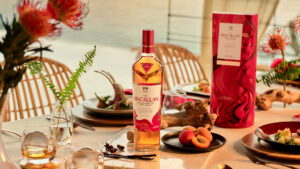Even the most casual whisky drinkers are likely familiar with peat. It’s pleasing to some and polarising to others, but for distilleries like Laphroaig, it has an almost divine status.
The bold, fiery flavours of smoke on the nose and sharpness on the palate are the direct result of peat – an earthy material dug out of the ground, most notably on Islay in the west of Scotland. It’s gospel for brands like Laphroaig and has been inseparable from its whisky-making process for over two centuries.
Only recently, however, have distillers come to learn the science behind it, and similarly, embrace its power by choice, rather than necessity.
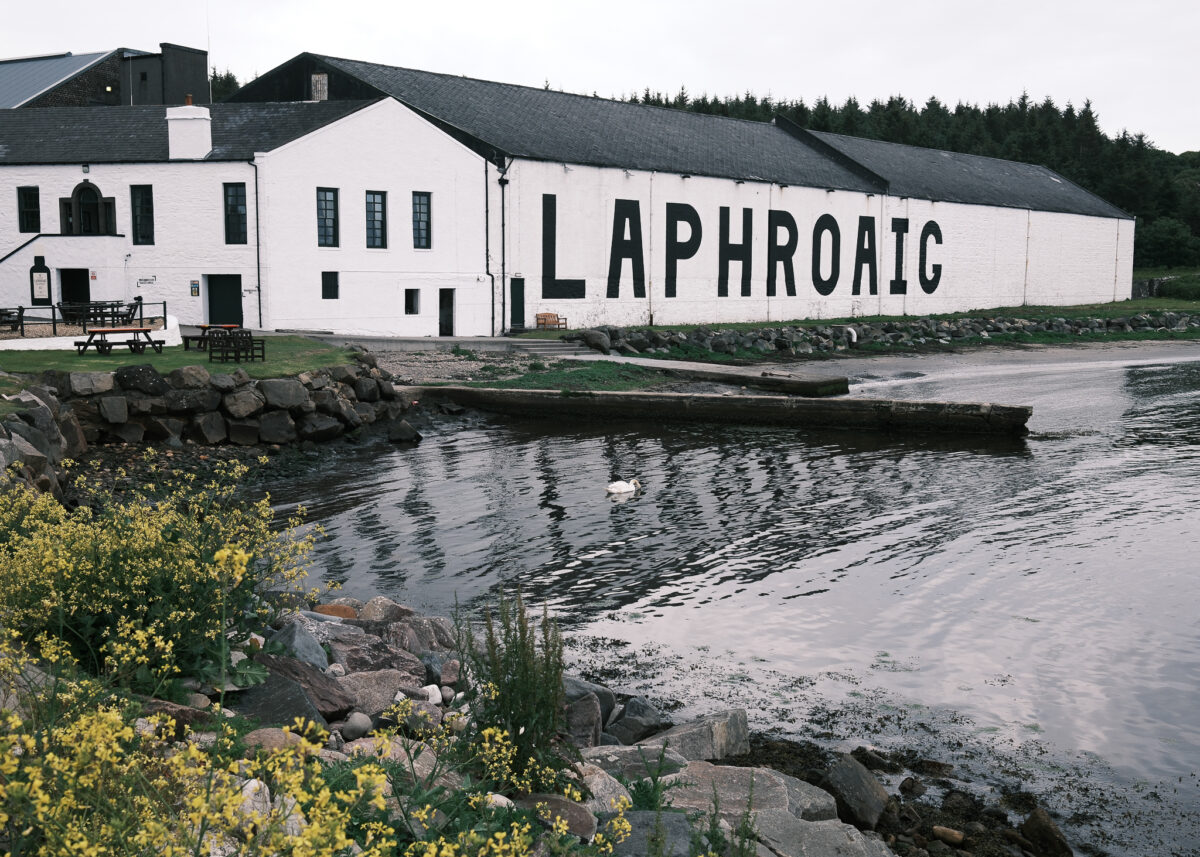
What is peat exactly?
Peat bog, a damp layer of compacted soil often found in soggy moorland, is basically juvenile coal. Leave it to compress in the ground for another thousand years or so and that’s exactly what it’ll become.
As for its contents, peat is made up of everything from decomposed plant matter to insects; essentially any flora or fauna that’s lived or died on the land above it for the past few hundred years.
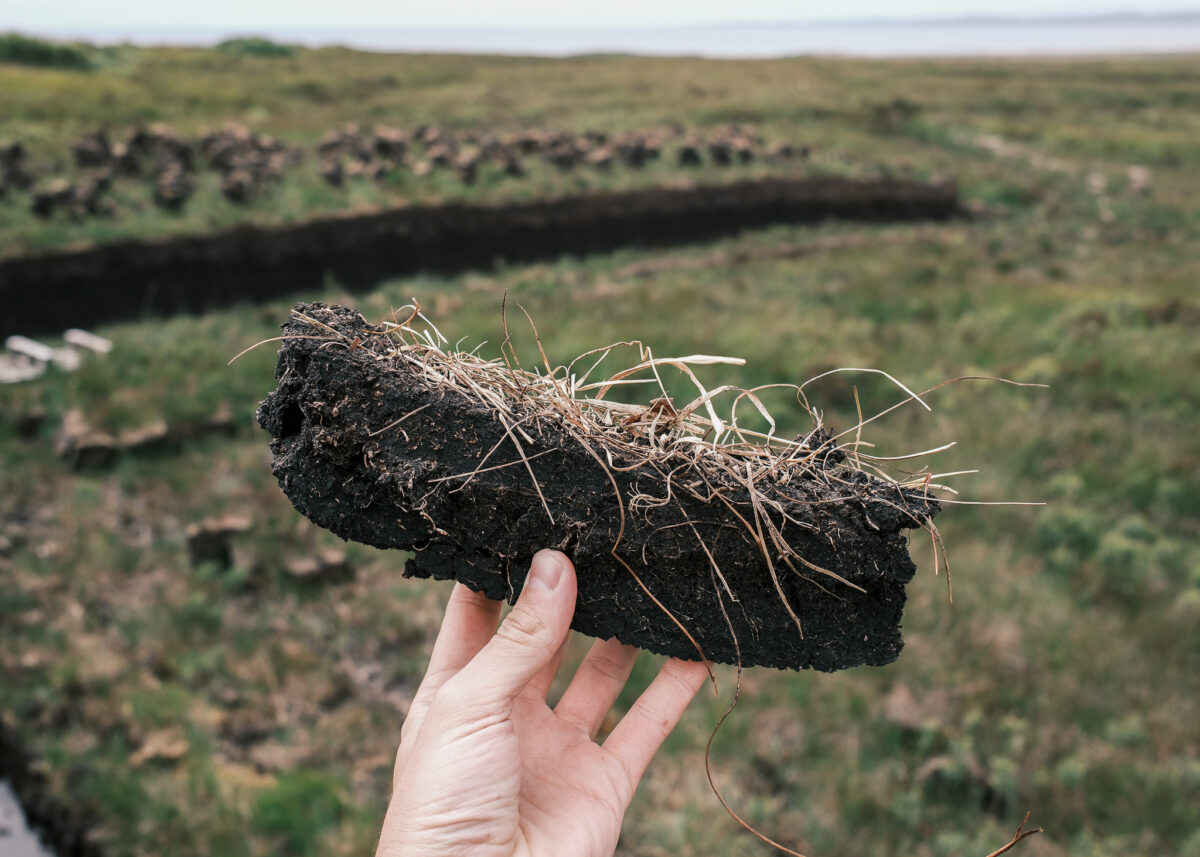
Peat makes up 80% of the land mass in Islay and is characteristic of the wet landscapes you might find in these parts of the world.
Now that being said, peat is not a uniquely Scottish occurrence, despite the Scots being its biggest champions when it comes to whisky making. You can also find peatland in boreal and temperate parts of the world such as Northern Hemisphere regions around Russia, China, Canada, and the Arctic.
Amazingly, Laphroaig was digging up peat by hand up until 2019 after 200 years on the tools.
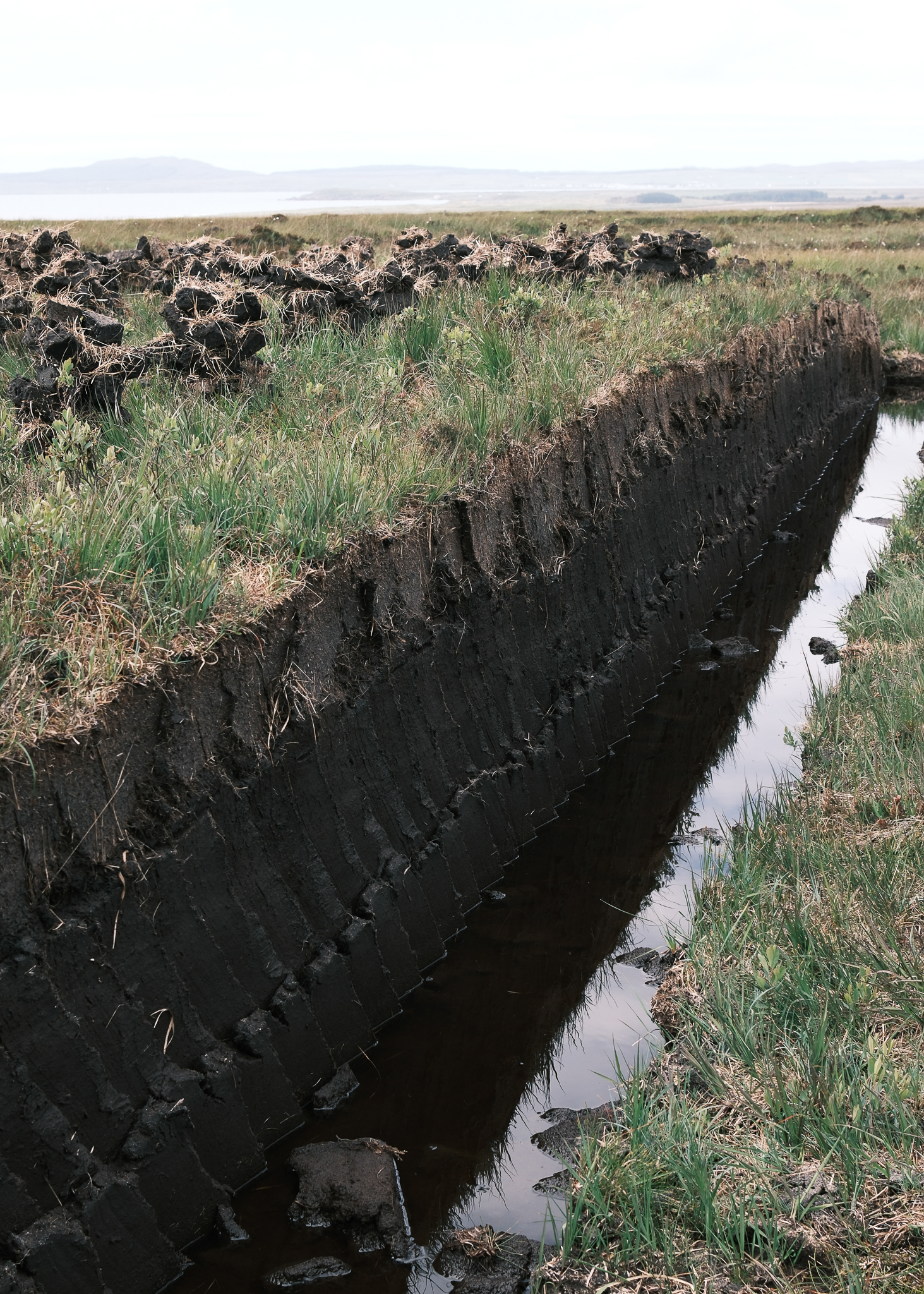
Why are Islay whiskies synonymous with peat?
Until I travelled to Islay myself, I never quite appreciated the distinction of an Islay whisky – you may understand the basics of what peat is, but why Islay? Of the nine operational distilleries on the remote Scottish isle, all of them use peat in their whisky-making process.
Islay’s emphatic and inextricable love of peat is for good reason. There’s no natural woodland on the island at all. Its terrain is just barren, boggy moorland as far as the eye can see – at least it was many centuries ago.
Today, there are a handful of planted forests on Islay, but before these were introduced, there was no clean fuel source to burn when drying out malt barley to prepare it for whisky production. So, the next best option was peat: a renewable and plentiful source of fuel (albeit raw, wet, and thus – smoky).
When damp peat is burned, its unavoidable byproduct is a coal-like smoke. This rising smoke dries the malt barley but penetrates the grain in the process. While distillers on the Scottish mainland could avoid this by burning clean timber, if distilleries on Islay wanted heat, they had no choice but to embrace peat and its polarising smokiness.
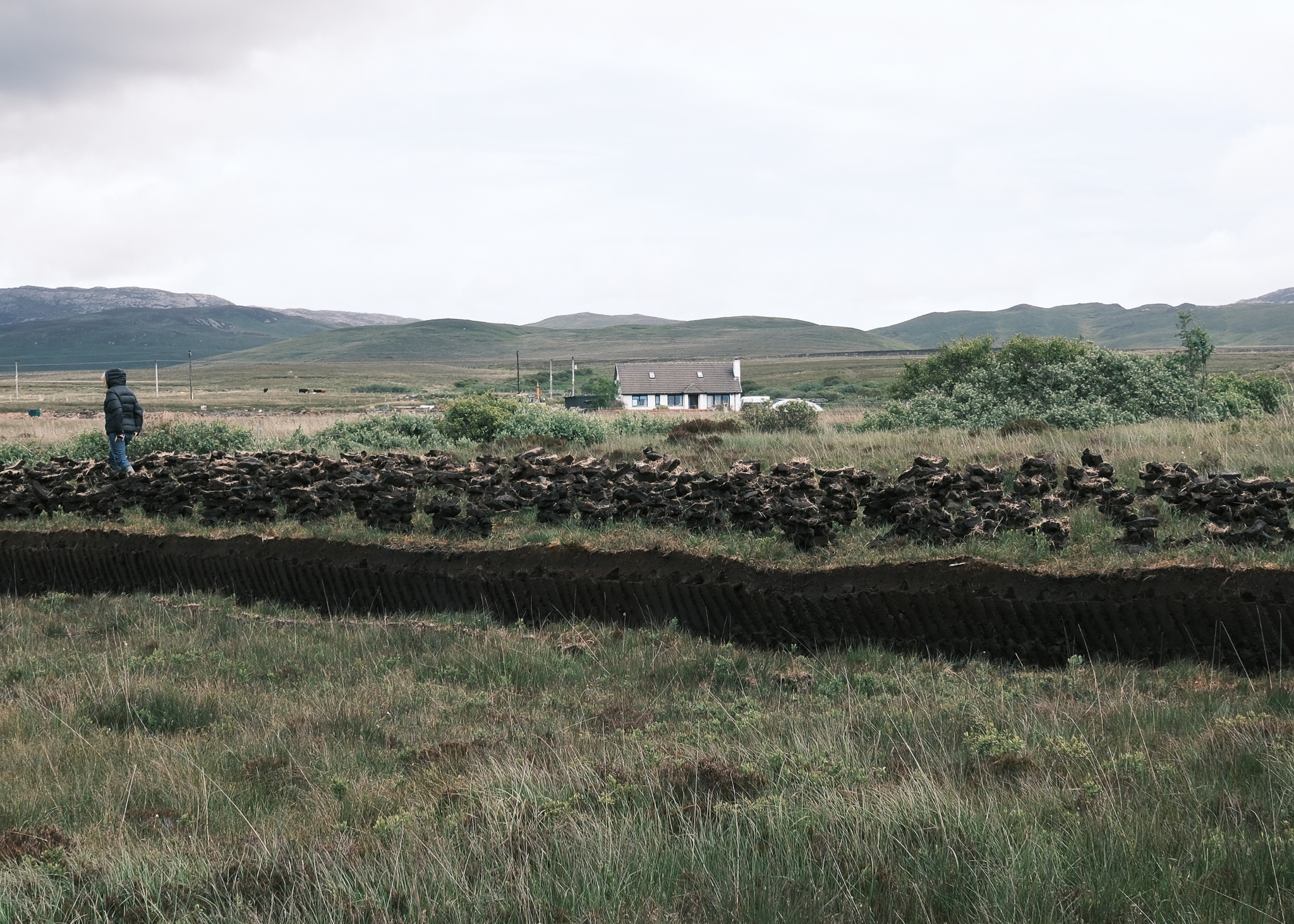
How does peat’s signature flavour end up in your glass of whisky?
Peat is the most distinguishable trait of Islay’s bold, sharp, and smoky liquids. What was once an antiquated process born from necessity is now the backbone of many iconic whiskies, one of the most universally adored being Laphroaig.
In some ways, you can taste a raw piece of Islay in every bottle of Laphroaig 10-Year-Old, and in those of its Islay fraternals. While many Islay whiskies have varying degrees of peat content, Laphroaig’s signature 10-Year-Old is generally understood to be more muscular on the nose than it ends up being on the palate. Aside from its signature smokiness, the 10’s core flavours of olive brine and salty oysters unravel on the tongue initially, softened by warm notes of vanilla and spices like cardamom and black pepper to finish.
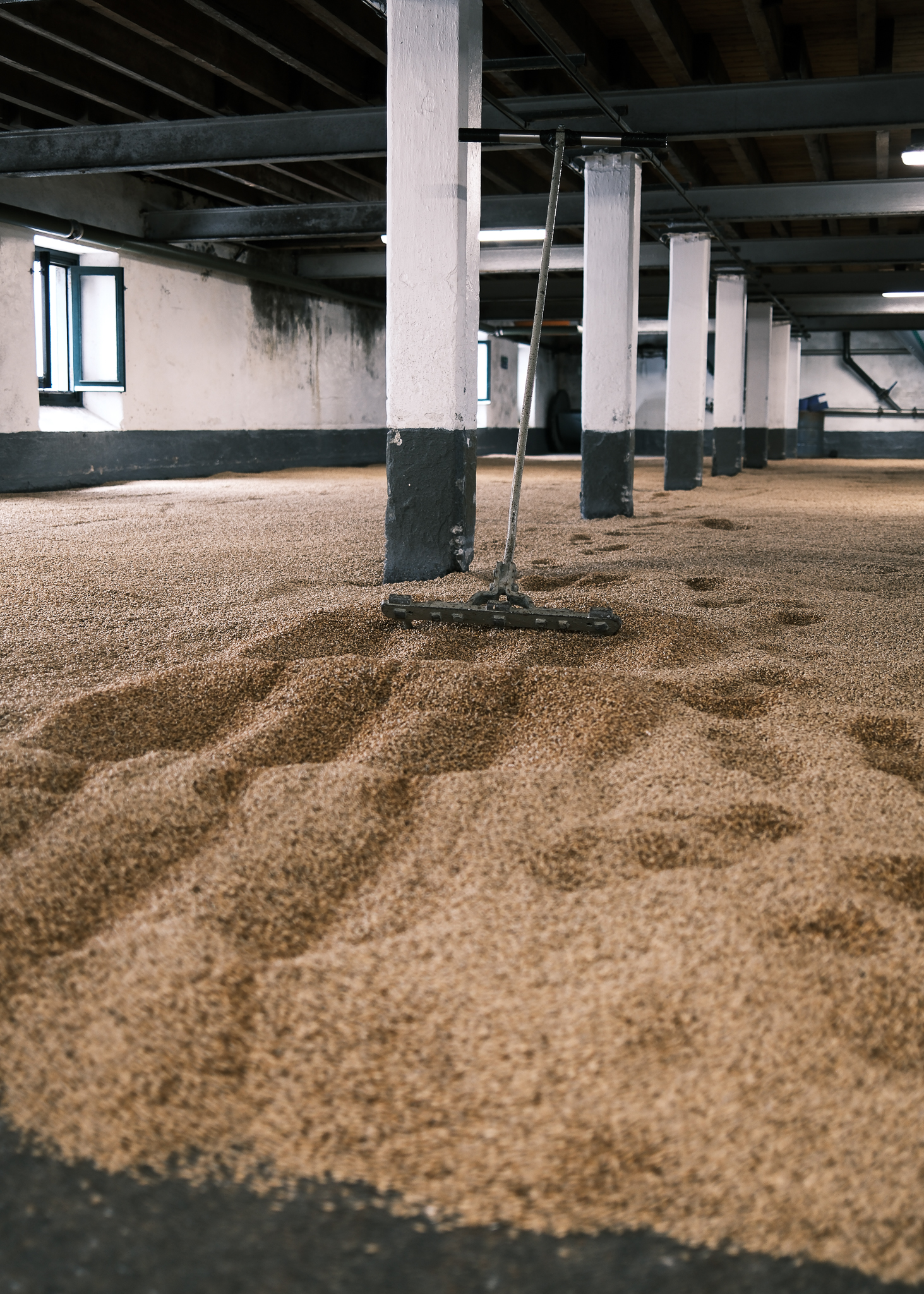
To manufacture a cracking whisky is one thing, but to extract this signature peaty personality adds an additional layer to the process. Once dug up from the ground, peat must be left to dry out (to some degree) above ground before it’s transported to the distillery and loaded into the kiln to burn.
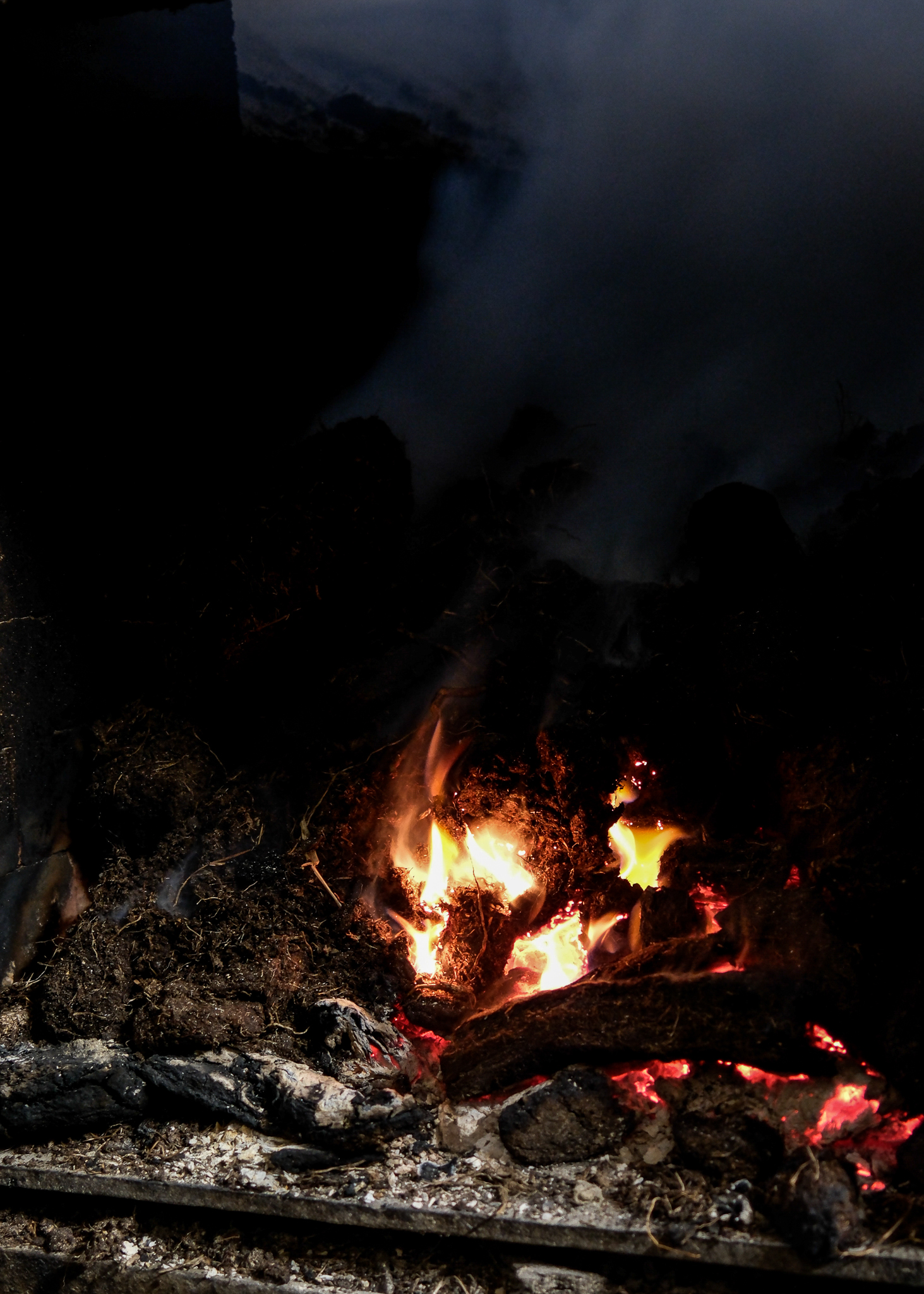
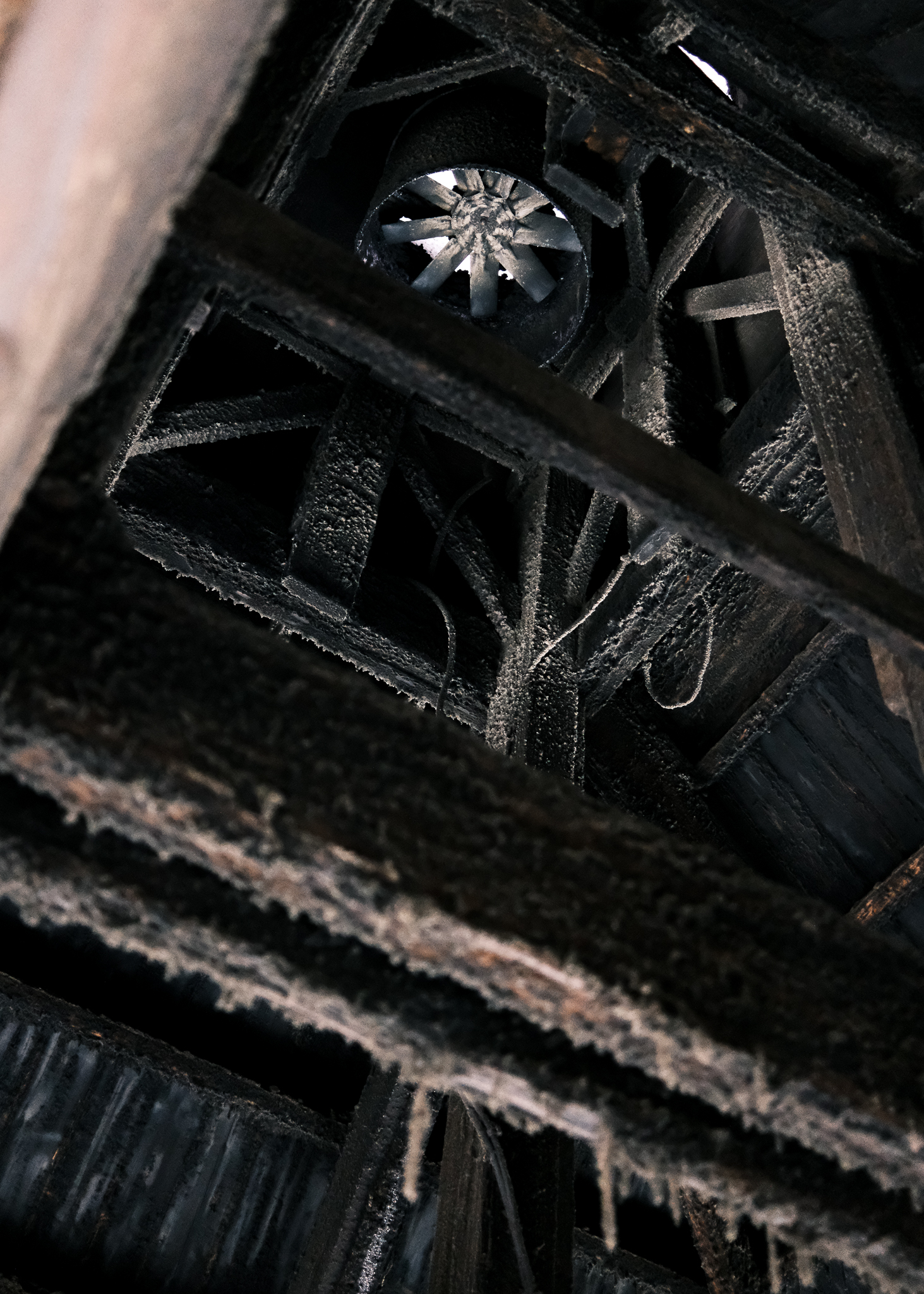
Pivotally, peat doesn’t burn hot – it burns cold. Not the peat itself, that’s well and truly on fire, but the smoke that comes from this fire is limited to a modest smoulder so the kiln never exceeds a temperature beyond 18 degrees. This ensures the barley in the kiln isn’t charred, but rather allows the smoke to permeate deeply into the grain over time.
In the case of Laphroaig, peaty stalactites have even accumulated on the wooden beams inside the kilns – untouched just as they were decades ago – adding further layers of flavour that seep into the malt barley before it’s rested and then sent off to be milled.
The smokiness you’ve come to know and love from Laphroaig owes itself to this key part of the process. After this crucial step, as the story goes for a peated Islay single malts, the grain is then mashed and washed, before being distilled and matured.
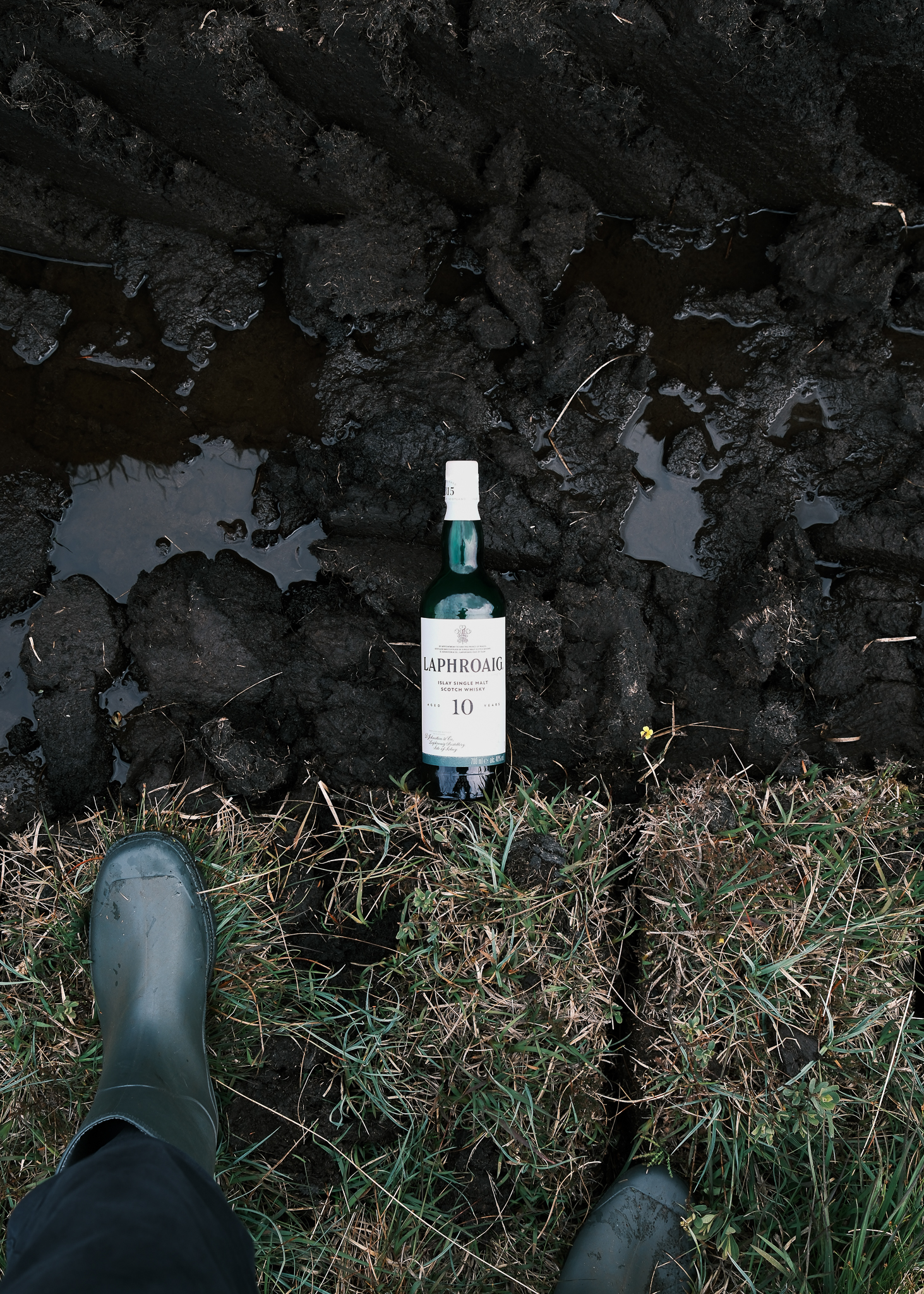
If you’re new to peated whisky, Laphroaig is about as down-to-earth as it gets. It’s uncompromising but approachable, smoky on the front of the palate yet warming on the back.
And fear not – a peated whisky’s bark is often stronger than its bite. You just need to embrace it first and decide for yourself later.
This article is presented in partnership with Laphroaig Whisky. Thank you for supporting the brands that support Boss Hunting.



